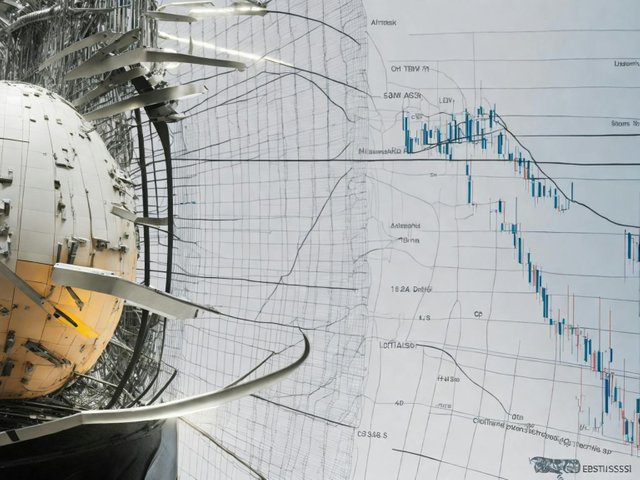Mastering Advanced Technical Analysis: Fibonacci, Bollinger Bands, and Ichimoku Clouds

Mastering Advanced Technical Analysis: Fibonacci, Bollinger Bands, and Ichimoku Clouds
Technical analysis is a powerful tool for predicting crypto price movements and making informed trading decisions. In this blog post, we'll dive into three advanced TA concepts: Fibonacci retracements, Bollinger Bands, and Ichimoku clouds. By mastering these techniques, you can take your crypto trading skills to the next level.
Fibonacci Retracements: The Golden Ratio of Crypto Trading
Fibonacci retracements are based on the Fibonacci sequence, a series of numbers where each number is the sum of the two preceding ones. In TA, the key Fibonacci ratios are 23.6%, 38.2%, 50%, 61.8%, and 78.6%. These levels often act as support and resistance levels during price retracements.
To apply Fibonacci retracements, follow these steps:
- Identify the high and low points of a significant price move.
- Draw a Fibonacci retracement tool from the low to the high (for an uptrend) or high to low (for a downtrend).
- Watch for price to bounce off the key Fibonacci levels during retracements.
- Enter trades in the direction of the overall trend when price confirms a bounce.
Bollinger Bands: Riding the Waves of Volatility
Bollinger Bands are a volatility indicator that consists of a moving average (usually 20-period) and two standard deviation lines above and below it. The bands expand during periods of high volatility and contract during low volatility.
Here's how to trade with Bollinger Bands:
- Wait for price to touch the upper or lower band, indicating a potential overbought or oversold condition.
- Watch for price to reverse and cross back inside the bands, confirming the reversal.
- Enter a trade in the direction of the reversal, with a stop loss just outside the opposite band.
- Ride the trade until price reaches the opposite band, signaling a potential exit point.
Ichimoku Clouds: The All-in-One Indicator
The Ichimoku Cloud is a comprehensive indicator that provides information on price momentum, support/resistance levels, and trend direction. It consists of five lines: Tenkan-sen, Kijun-sen, Senkou Span A, Senkou Span B, and Chikou Span.
To trade with the Ichimoku Cloud:
- Look for price to be above the cloud for a bullish trend, or below the cloud for a bearish trend.
- Wait for the Tenkan-sen to cross above the Kijun-sen for a bullish signal, or below for a bearish signal.
- Enter a trade in the direction of the cross, with a stop loss just below the Kijun-sen (for long trades) or above the Tenkan-sen (for short trades).
- Use the Senkou Span A and B as future support/resistance levels to set profit targets.
Putting It All Together
While each of these indicators can be powerful on its own, the real magic happens when you combine them. For example, you could:
- Use Fibonacci retracements to identify key support/resistance levels, then wait for Bollinger Band reversals at those levels to enter trades.
- Confirm Ichimoku Cloud signals with Bollinger Band expansions or contractions to gauge momentum.
- Set profit targets at Fibonacci extension levels (161.8%, 261.8%, etc.) once an Ichimoku Cloud breakout occurs.
By experimenting with different combinations of these advanced TA tools, you can develop a robust trading strategy tailored to your style and risk tolerance. Remember to always use proper risk management and never risk more than you can afford to lose.
With practice and patience, mastering advanced technical analysis concepts like Fibonacci retracements, Bollinger Bands, and Ichimoku clouds can help take your crypto trading to the next level. Happy trading!